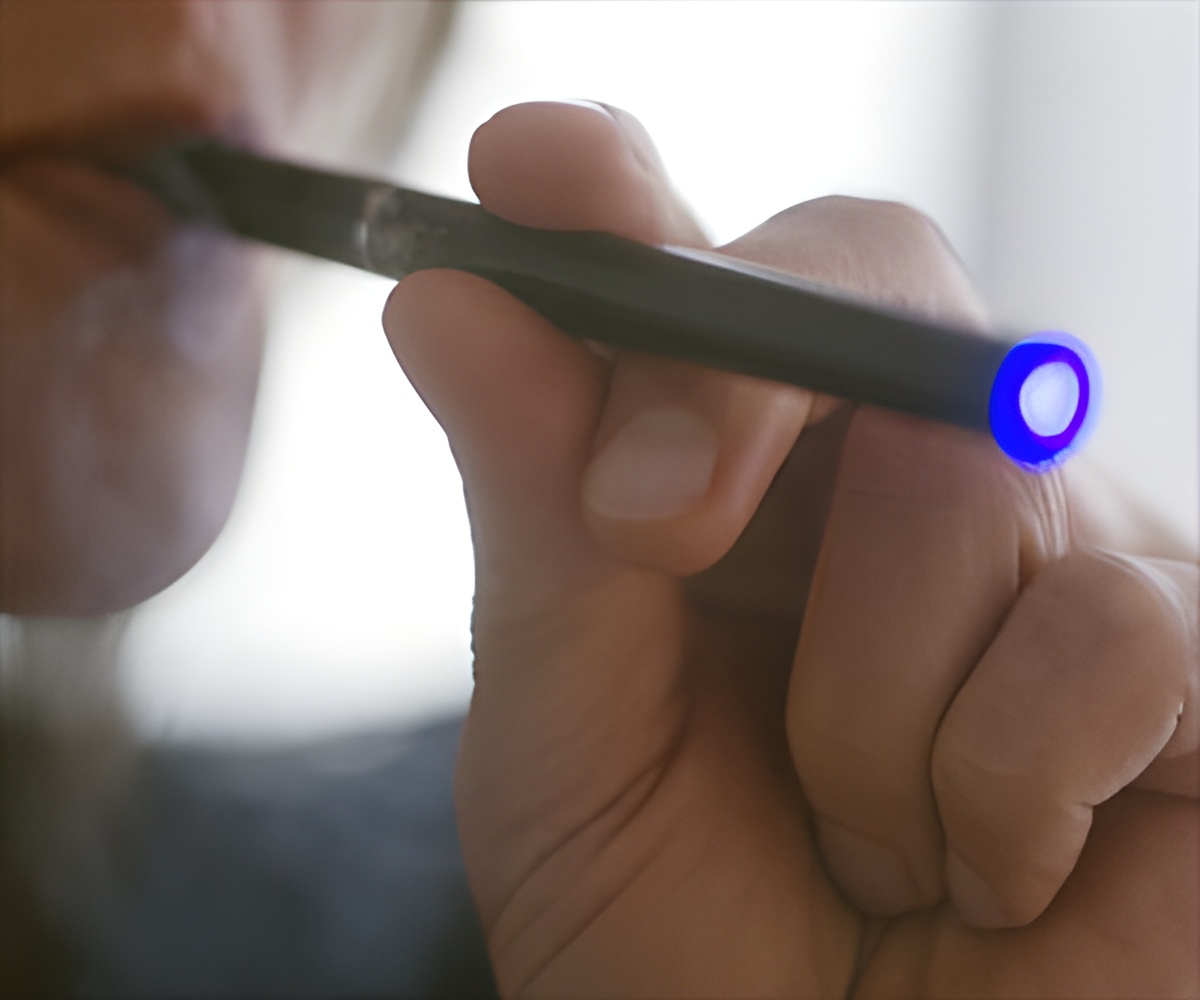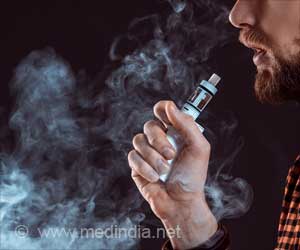Uncovering the negative impact of menthol-flavored electronic cigarettes on lung function and inhaled particle quantity using clinical data and robotic engineering.

Are Mint Flavoured Electronic Cigarettes Safe?
Hence, researchers have first performed preclinical studies using our novel robotic platform Human Vaping Mimetic Real-Time Particle Analyzer (HUMITIPAA). Using this special technology, researchers showed that commercially available e-cigarette liquids containing menthol generate a greater number of toxic microparticles compared to menthol-free juice.‘Electronic cigarette menthol flavoring increases inhaled micro and sub-micron particles that worsen lung function in combustion cigarette smokers.’





An accompanying analysis of patient records from a cohort of e-cigarette smokers revealed that menthol vapers took shallower breaths and had poorer lung function compared to non-menthol smokers regardless of age, gender, race, pack-years of smoking and the use of nicotine or cannabis-containing vaping products.Many people, especially youth, erroneously assume that vaping is safe, but even nicotine-free vaping mixtures contain many compounds that can potentially damage the lungs. Just because something is safe to consume as food does not mean that it’s safe to inhale.
To turn young people away from vaping and curb preventable deaths, the U.S. Food and Drug Administration continues to put pressure on cigarette manufacturers to eliminate menthol in combustible tobacco products, such as regular cigarettes and cigars.
But the market for vaping products worldwide continues to expand, and mint and menthol flavors remain highly popular among the 2.5 million youth who reported smoking e-cigarettes in 2022.
Because traditional toxicity testing, which involves animals or living cells grown on a flat surface, can take weeks or months to produce high-quality and clinically relevant data, regulatory bodies are struggling to keep up and test products’ safety promptly.
Advertisement
By precisely mimicking the temperature, humidity, puff volume, and duration, this machine can simulate the pattern of healthy and diseased breathing and reliably predict lung toxicity related to e-cigarettes.
Advertisement
E-Cigarettes & Vaping: What Teens Should Know
In the previous research, researchers found that vitamin E acetate, a common additive in cannabinoid-containing e-cigarette liquids, generates more toxic small particles that can travel deep inside the lung and wedge themselves into the narrowest airways and lining of the walls of the trachea and bronchus.While future large-scale clinical studies are needed, the new study suggests that menthol additives could be just as dangerous as vitamin E acetate, which was strongly linked to lung injury in users of e-cigarettes and vapes.
Switching to e-cigarettes may be a better, safer alternative for someone who is trying to quit smoking regular tobacco products. But it is important to have full knowledge of e-cigarettes’ risks and benefits before trying them.
Source-Eurekalert













